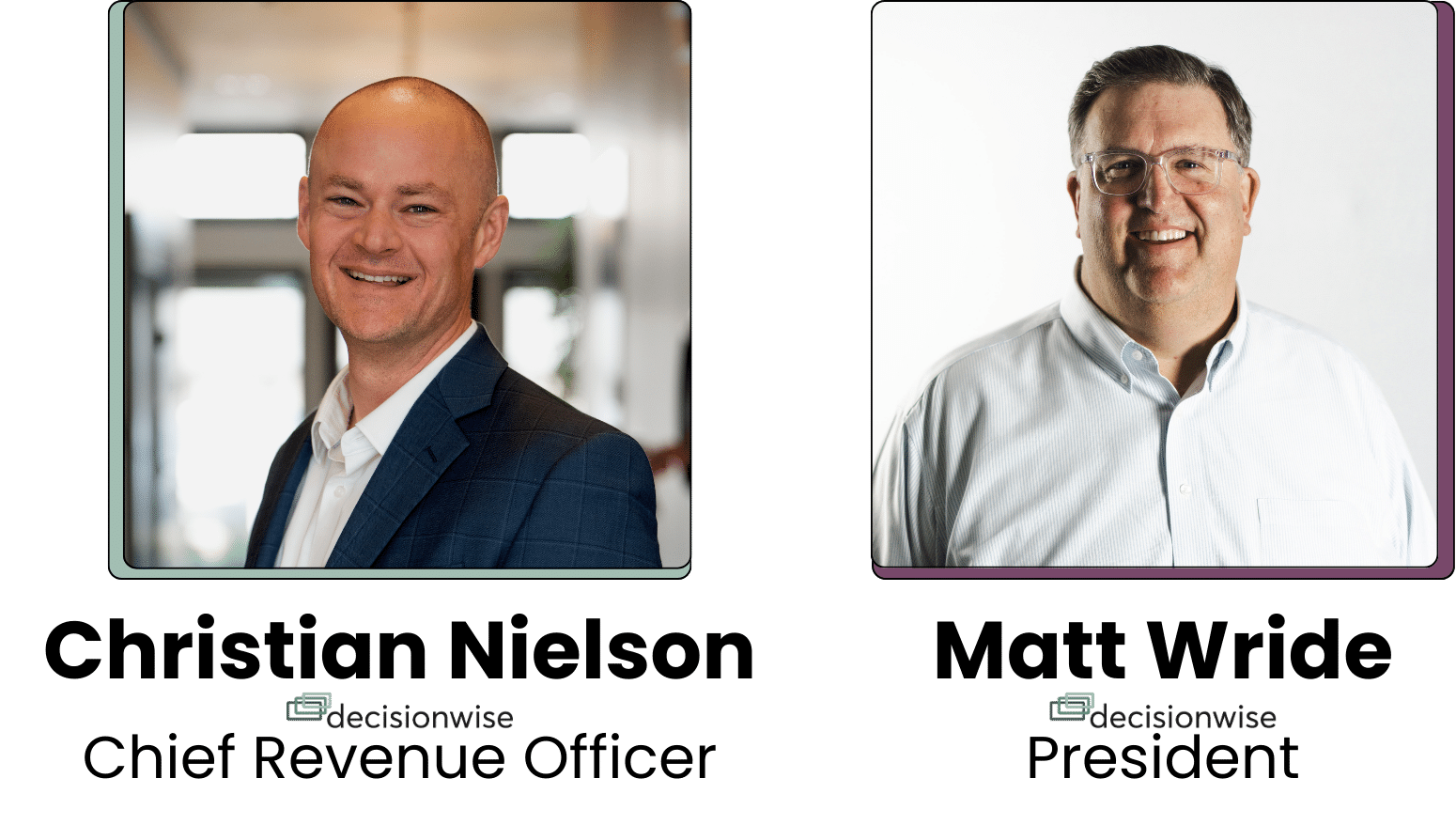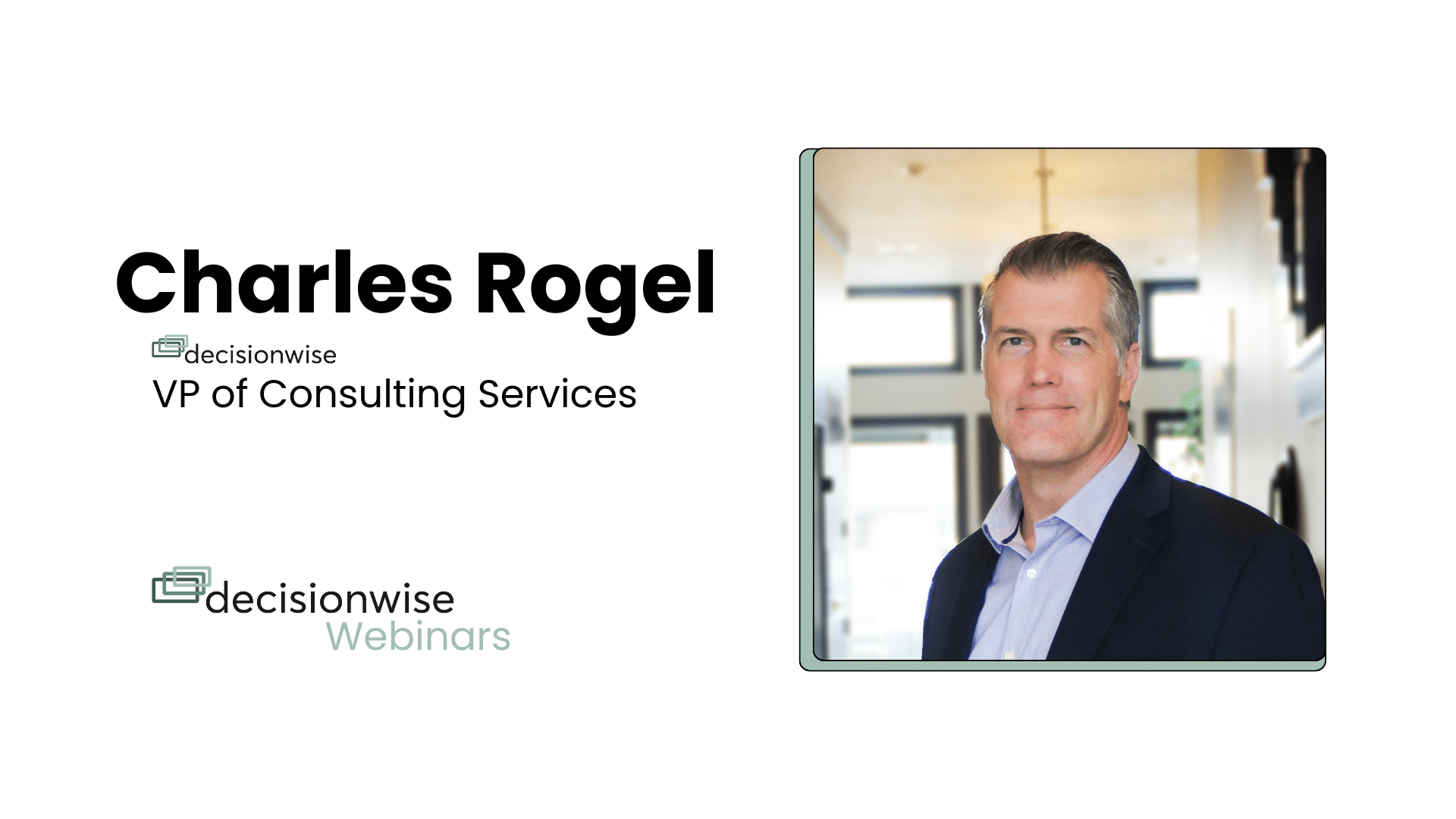The Importance of Employee Engagement Surveys During Tough Times
When cost-cutting becomes the soup de jour for a business, a tempting savings target is employee engagement surveys. Any type of employee listening campaign can find itself on the chopping block. There are typically two main reasons why this might be the case.
First, there is Budget.
The organization lacks the necessary resources, whether money or people, to commit itself to an effective listening strategy. Often, staffing cuts mean there is no one around to help administer and manage employee engagement surveys or other feedback campaigns. So, employee listening becomes just another thing an over-worked HR professional tries to “fit” into all their other responsibilities.
Second, there is Bad News.
When decisions are tough or when layoffs happen, we may not want to hear how our employees feel. When the power dynamic is in the employee’s favor, we all tend to listen to their concerns and do everything we can to retain them. But as soon as it becomes an employer’s market, we revert to statements like, “Everyone is lucky to have a job, so keep your head down and go to work.”
This sentiment, however, is a poor idea on so many levels.
The Risks of Ignoring Employee Feedback
- Ignoring the truth in any situation is always a bad idea. Doing so may provide temporary relief, but in the long run, it can lead to even greater problems. Therefore, it’s essential to confront the truth head-on and work towards finding a solution. Consider this insight by the Buddha.
“Three things cannot be long hidden: the sun, the moon, and the truth.”
- Natural and human systems, including those inside of organizations, tend towards a state of disorganization when we stop inputting energy and care into the process. This dynamic is called entropy and is known as the second law of thermodynamics. If we stop managing our systems, it takes 3-4 times the effort to bring processes back into alignment. It’s much easier to maintain order than to try and clean up a mess that could have been prevented.
- What message are you sending your employees that when things get hard you stop listening? In tough times, you should listen even more. The best leaders and organizations face hard truths. Consider the buffalo parable. When cows face a storm, they run away. When bison face the storm, they turn towards it and move into it. By doing so, they reduce its impact and come out stronger on the other side.
- What key piece of information might you miss if you plug your ears and stop listening? Your front-line employees are the closest to the problems and to the customers. Why would you ever not want to know what they observe day in and day out?
- We need to keep listening so we can see our trends and preserve our database’s effectiveness. You have spent a lot of time investing in your employee listening database, and it could impair its utility if you start missing years of data.
The “Why” Behind Employee Listening
Employee listening answers these two important questions:
- What experience are we creating for our employees?
- Is it the right experience?
Strong employee experiences form the bedrock of highly effective organizations. These organizations innovate, adapt, deploy, and serve the customer better.
Yet, for an organization to operate at peak success, we need to make sure we are getting the right data to the right people at the right time.
And… this is not HR’s data. Not in the least.
Operational success relies on accurate and timely data, and who better to provide that than the employees on the front lines? Employee feedback isn’t just HR data – it’s essential operational data that helps leaders make better decisions. During challenging times, this data is even more critical. So why would any leader want to limit the flow of valuable insights that could improve business outcomes? The answer is simple: they wouldn’t
Engaged Employees Are the Difference
The difference between successful organizations and mediocre ones is the level of employee engagement inside the organization. Employees who are engaged in their work are willing to give discretionary effort, go above and beyond, have great attitudes, are organizationally focused, and consistently advance the organization’s interests.
The challenge:
- You can’t pay someone to be engaged.
- You can’t force someone to be engaged.
- You can only invite them to be engaged.
The best way to make an invitation is by asking employees what they think. We listen to show we care.
Universally, engaged employees strongly agree with this statement, “I feel cared for when I feel heard.” When someone is cared for, they feel like they belong, and belonging is the number one driver of employee engagement.
There is simply no reason to stop listening to the voice of our most important and most valuable asset; our people.
A Garden Simile
Your workforce is like a garden. Gardens are organic and sometimes messy, but when cultivated and cared for, they yield beautiful produce and stunning environments. We can’t make each plant grow, but we can help them to do so with the proper soil, nutrients, water, sunshine, and careful oversight.
What happens when you stop caring for a garden? It runs rampant and grows wild. Workforces are no different.
Just like a garden, when workforces are left unchecked and unmanaged, they can become overgrown with problems and inefficiencies. It takes time, effort, and resources to bring a wild workforce back to full productivity.
At the end of the day, that’s the question that must be raised when deciding whether to cut back on employee listening programs. Is the long-term cost worth the perceived short-term savings? Cutting back on employee listening programs may seem like a short-term cost-saving solution, but in reality, it can cause long-term harm to the organization’s success. It’s essential to consider the bigger picture and the negative impacts on employee engagement, productivity, and overall organizational culture.





